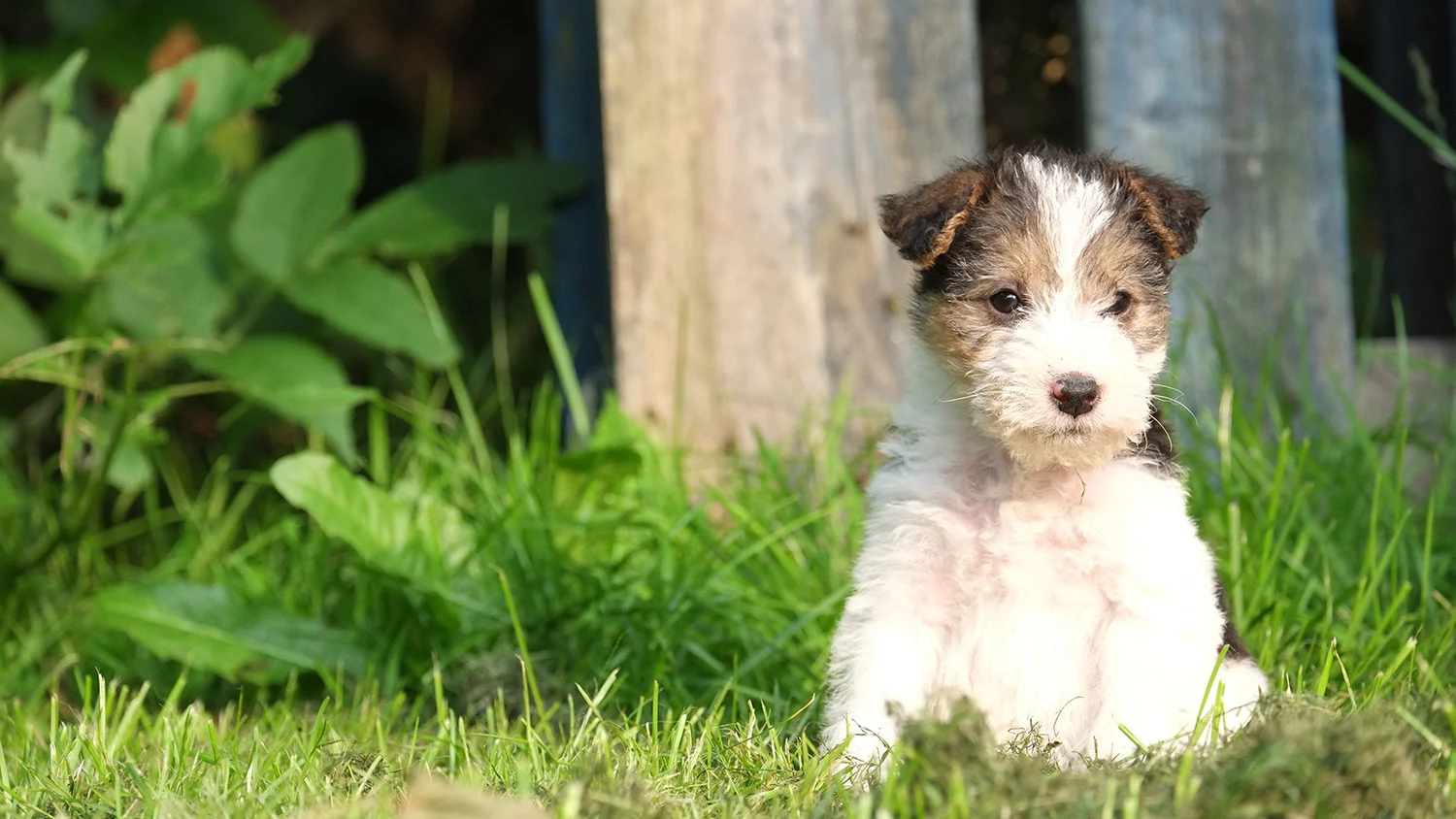Reducing your Dog’s Carbon Pawprint
With Earth Day fast approaching, we are all more aware of the impact humans make on our planet... but have you thought about the effects of having pets?

With approximately 89.7 million dogs owned in the United States, the environmental impact of pet ownership can be substantial. Your dog’s carbon pawprint considers the amount of carbon dioxide emitted by the creation and transportation of products he uses, the resources needed to grow the meat and vegetables that are found in his food, and the waste that he creates.
Feeding Quality, Not Quantity
Cats and dogs account for 25-30% of the environmental impact of meat consumption in the United States. Understanding how and where your dog’s food is made, as well as the type of packaging that is used by the manufacturer, can help you to reduce your pooch’s environmental impact. Is your dog food company of choice eco-friendly? Do they use alternative power sources, choose packaging materials that are recyclable, and focus on minimizing waste?
Meat-based diets take a higher toll on the environment as they use more land, energy, and water to produce. Try to choose a dog food brand that uses protein sources with a lighter carbon footprint, such as chicken, turkey, rabbit or sustainably-harvested fish.
Feeding a healthy diet, and only feeding as much as your dog needs to stay in shape, are important factors in reducing your dog’s carbon footprint. The Association for Pet Obesity Prevention estimates that 56% of dogs are overweight in the United States. Toting around extra weight is dangerous for your pup as it can increase the risk of diabetes, liver disease, and other health issues.
Reducing Pet Waste
America’s pets produce about 5.1 million tons of feces in a year. Imagine how many poop bags it takes to clean that up! Choose biodegradable or compostable poop bags that break down faster than the often-used plastic shopping bags. Products made from corn, vegetable oils, and/or plant starches are the best options to keep pet waste from sitting in a landfill for the next hundred years.
If possible, choose to compost your dog’s manure for use in garden beds. You should never use pet waste in beds that are used for growing food, but flower gardens should be safe for the use of composted waste.
Choose Sustainable Products
Everyone loves to spoil their dog, but the more you buy him, the bigger the environmental impact. There are some essentials that every dog needs, but choosing to buy local, sustainably-made items can make a huge difference over the span of a dog’s lifetime!
Toys: Think about the resources required to produce a dog toy and send it from the factory to the store to your home! This doesn’t mean that you shouldn’t spoil your dog, but choosing toys made from sustainable products such as bamboo, wool or hemp can help reduce your impact on the environment. Wash your pet’s toys to make them last longer and rotate through which toy your pup has access to in order to keep him excited about his selection.
Dishes and bowls: Choose ceramic or stainless-steel bowls rather than plastic. Bamboo bowls are another great option, as they are a renewable resource, biodegradable, and dishwasher safe!
Bedding: Some dog beds offer an alternative to petrochemical foam fillers and instead use recycled plastic bottles for fiberfill bedding. You can even make your own dog bed at home using old clothing, bedding, or pet toys as stuffing!
Collars, harnesses and leashes: Collars and leashes made from hemp, bamboo or recycled plastic bottles are more environmentally friendly and just as comfortable for your dog!
Try New Forms of Exercise
Daily walks keep you and your pup in shape and can eliminate the need for you to visit the gym and use extra electricity powering a treadmill! Instead of taking your dog for a car ride, consider teaching him to run alongside your bike or ride in the bike’s basket. Choosing to walk or bike to the park or while running errands can greatly reduce your family’s carbon footprint. Many cities are starting to offer sidewalk dog houses outside of major stores, so you can safely leave your pet while you pop inside to run a quick errand.
Recycle & Reuse
Recycle dog food bags and cans as well as toy packaging. For most dry dog food bags, you can separate the plastic lining and the outside shell to make all parts of the food bag recyclable. Does your dog have toys he no longer plays with or treats he doesn’t enjoy? Donate food, treats, and unwanted toys to your local animal shelter rather than throwing them out.
Lower Your Dog’s Carbon Pawprint
Environmentally conscious pet ownership is growing in popularity as more dog owners are willing to buy local, sustainable products and feed a diet with a lower carbon footprint. By choosing one or two areas to improve your dog’s impact on the environment and encouraging other dog owners to do the same, you can make the earth a little cleaner for future puppies!

Mary comes to AKC Pet Insurance with an extensive background in animal care. As a lifelong animal lover, she has a passion for promoting pet health and wellness. Mary lives in Kentucky with her orange kitty, "Cat" and her dog, " Wubbi".
READ MORE ARTICLES

